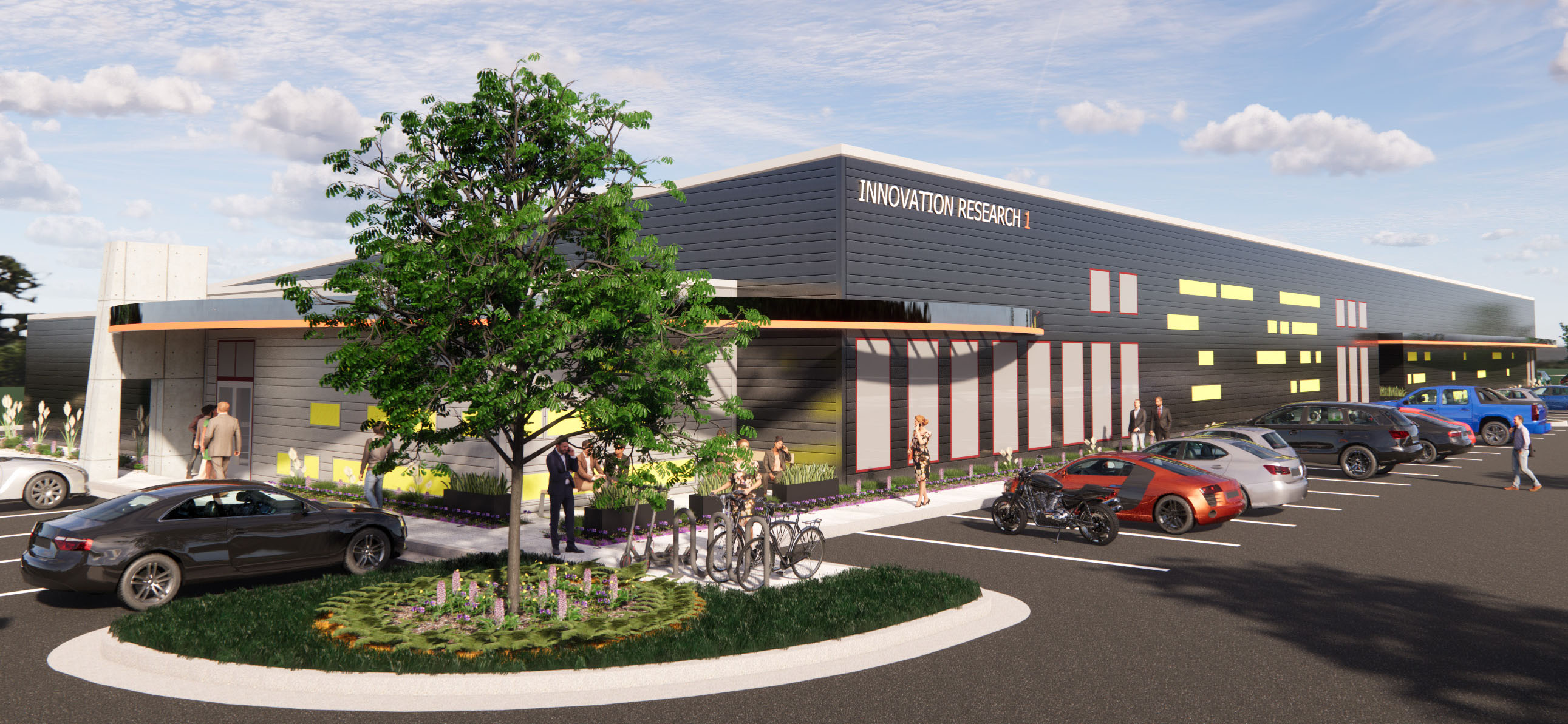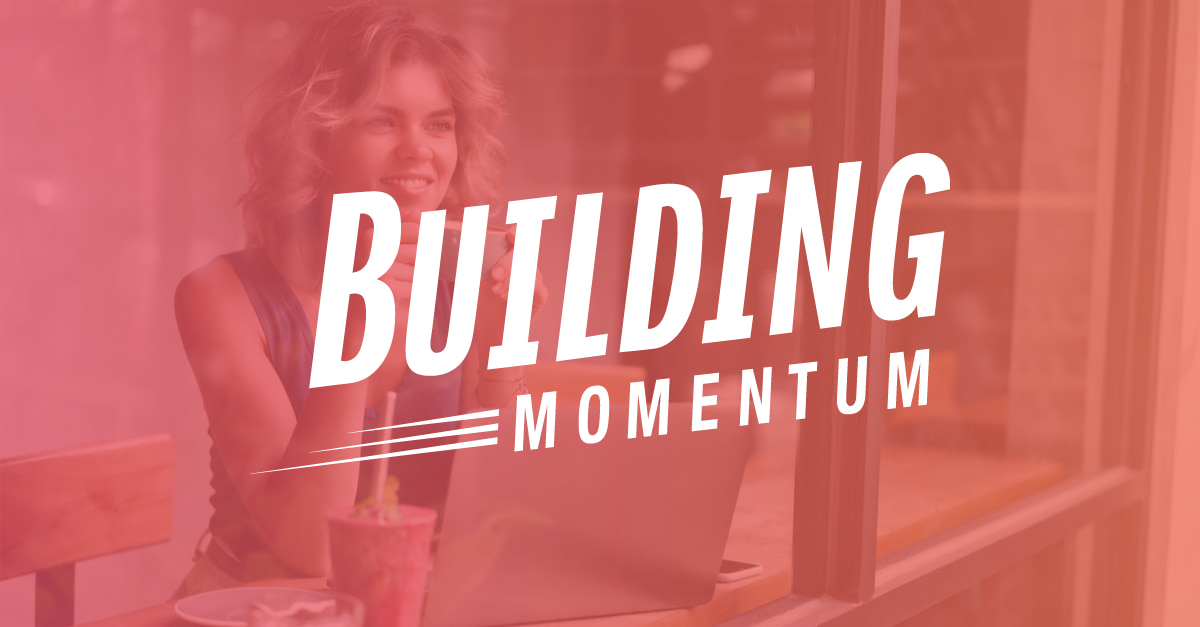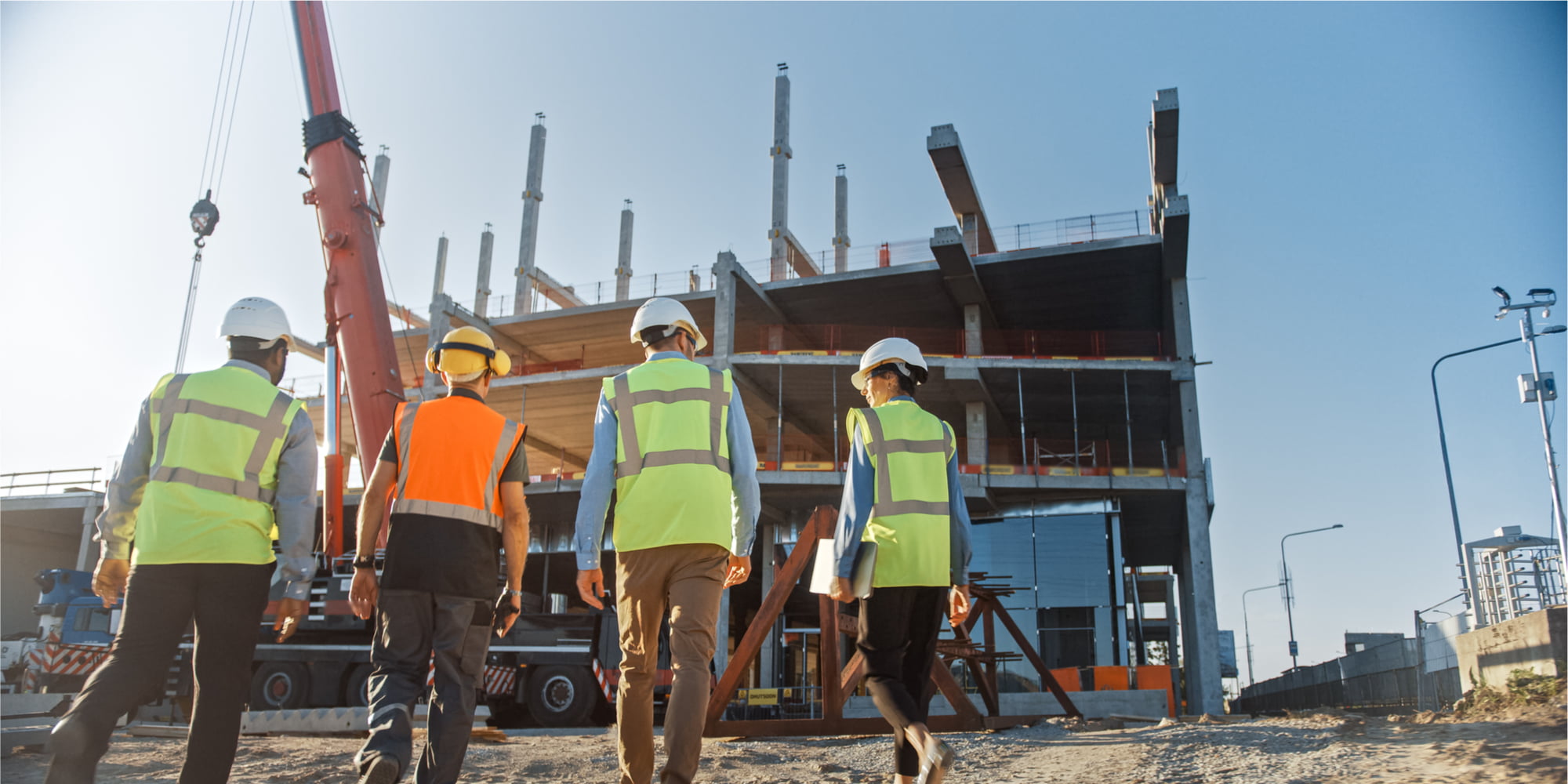When you live in a community, you may not often stop to think about how it came to be developed, but city planners, professional consultants, attorneys, tourism professionals, and many others think about it quite a bit. They also think about the potential for the redevelopment and revitalization of key areas to create epic spaces that invest in community.
The New Frontier: Investment and Growth in Prince William County is a 10-episode webinar series provided by Prince William County’s Department of Economic Development (PWCDED). Several episodes focus on redevelopment and revitalization, shining a spotlight on Prince William County’s vision and plans for its own 350 square miles.
Prioritizing the Public Realm
"Placemaking is hard and it’s fragile," discussed the panelists in The Essence of Vibrant Communities: Placemaking Principles in Revitalization Efforts. They examine what has changed over the years in revitalization efforts. Urban planner Mitchell Silver says that one significant change has been the public realm. "People live in their homes, but they are choosing homes based on their access to outdoor spaces," says Silver. "We start with the public realm first now when doing our planning."
According to a 2019 Prince William County Department of Parks, Recreation and Tourism report, 75% of county residents visiting a county park within the last 12 months. That was before the COVID-19 pandemic made those same areas “our sanctuaries of sanity,” according to Silver.
In summing up how to describe what it takes to create epic areas, the panelists say it requires a layered effort to create a reason to come to an area, as well as a reason to come back. "The younger generation wants to consume the experience, so access to amenities is essential."
"If I had to define it," says Silver "I would say that an epic area is a community-driven space that is designed in a walkable manner that addresses the triple bottom line [of being social, economic, and environmentally sustainable]."
Offering Mixed-Use Options
Mixed-use development blends residential, commercial, cultural, institutional, or entertainment uses into one space, where those functions are to some degree physically and functionally integrated, explained the panelists in Strategies for Successful Mixed-Use Development.
Russell Gestl of Buchanan Partners says "The last piece is economic viability. Everything has to pull together the viable vision for that community, for that geography, in that political climate, that can pass the sniff test for economic viability."
Focusing on Small Area Plans
Rebecca Horner, Deputy County Executive for Prince William County, says that the county master plan includes many small area or sector plans. As a panelist for the Eat, Work, Play: Creating Effective Small Area Plans episode, Horner explains "Our county is quite large, but there is no defined downtown area, so having several small area plans helps us better focus and align our priorities and resources."
"North Woodbridge is one of several small area plans that we have begun to revitalize. That area has the most diversity—diversity in housing, people, transit options, closest to Washington, D.C., connections to military bases, and the most waterfront," says Horner.
"Flexibility is important to implementing the vision. We know there is great potential for future growth in each of the eight magisterial areas we are focusing on developing. We are better able to align our decision making with our short, mid-, and long-term small area plans."
Prince William County continues to move forward with the redevelopment of several small areas incorporating mixed-use options for vibrant placemaking that people will want to live in, visit, and return to time and again.
The webinar series returned with The Future of Shopping Centers on Thursday, September 16 at 2 p.m., focusing on rethinking the in-person shopping experience.
Share this
You May Also Like
These Related Stories

Prince William County Board Continues Support of Life Science Community

Prince William County Accelerated Support for Businesses During the COVID-19 Pandemic
